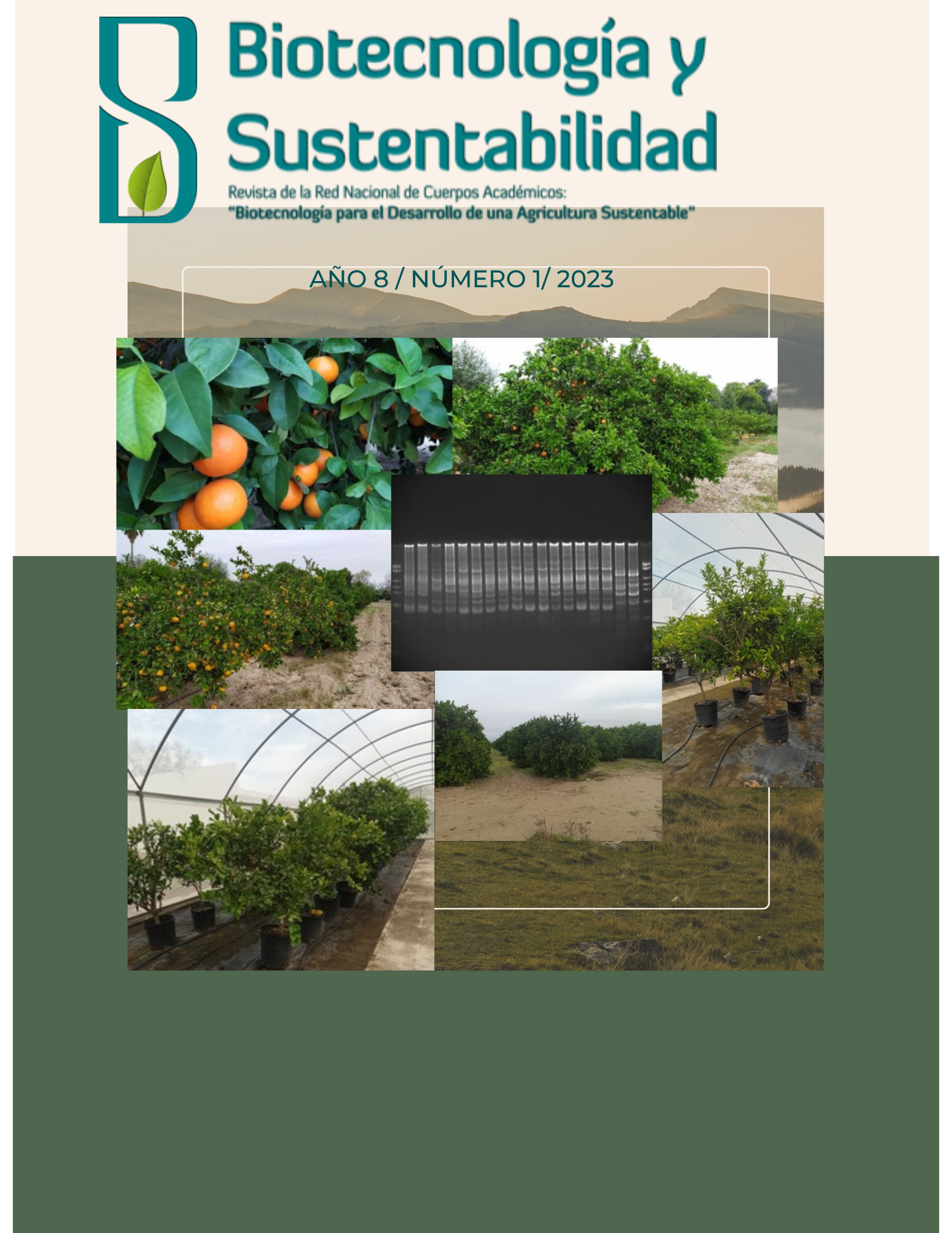La ingesta de frijol dalia obtenido bajo restricción hídrica mejora el perfil lipídico de ratas obesas
Published 2023-12-21
Keywords
- Common bean, phytochemicals, lipid profile, obesity
How to Cite
Abstract
Bean cultivation fulfills various nutritional and socioeconomic functions. In addition, it has gained attention as a functional food due to the phytochemicals present in the grain, which provide health benefits, preventing diseases such as diabetes, obesity and different types of carcinomas. However, its beneficial effect varies depending on the climatic factors that act during plant development. The objective of this study was to evaluate the ability of Dalia bean (FD) to improve the lipid profile of rats induced with obesity. It should be noted that part of this information has been reported previously, however, the purpose of this paper is to spread the results in Spanish and achieve greater among potential readers. The beans were obtained under water restriction during the vegetative or reproductive stage of the plant (50/100 and 100/50% soil moisture in the vegetative/reproductive stage, respectively), during the entire cycle (50/50) and from plants with full irrigation (100/100). Male Wistar rats were fed a high-fat diet (HFD) for 4 months. Subsequently, the rats were fed DAG supplemented with 20% cooked FD for 3 months. The FD treatment obtained under 100/50 water supply improved triglycerides, cholesterol, VLDL and atherogenic index. The results suggest that FD consumption obtained under water restriction during the reproductive stage (100/50) has a greater hypoglycemic effect and reduces insulin resistance.

